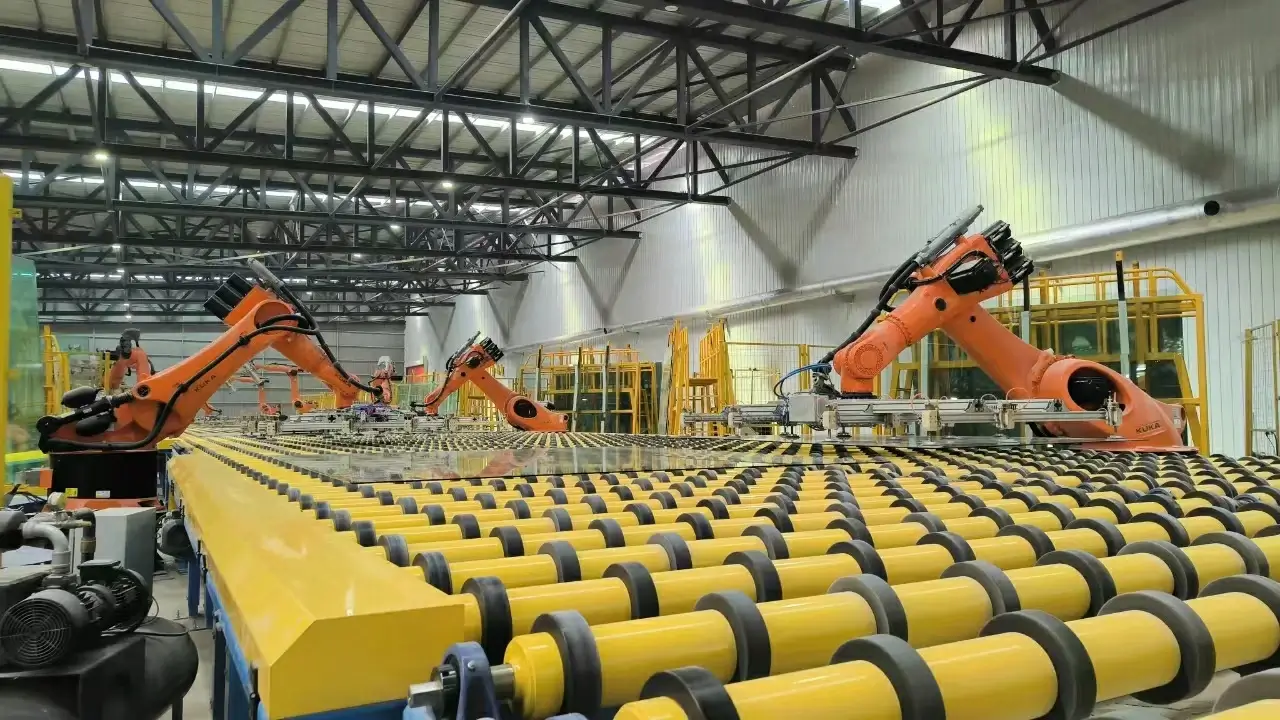

Understanding Green Float Glass Its Characteristics and Applications
Green float glass is a prevalent type of glass known for its distinctive green tint and remarkable properties. This glass is primarily utilized in the construction and automotive industries due to its excellent optical clarity, thermal performance, and versatility. In this article, we explore the characteristics, manufacturing process, and diverse applications of green float glass, highlighting its importance in modern architecture and design.
Characteristics of Green Float Glass
One of the most prominent features of green float glass is its color. The subtle green hue is a result of the iron oxide content in the raw materials used during manufacturing. This tint not only provides aesthetic appeal but also offers several practical benefits, such as reducing glare and enhancing the overall visual comfort in interior spaces.
Green float glass is known for its excellent light transmission properties, allowing up to 90% of natural light to penetrate while filtering out harmful UV rays. This quality is essential in building applications, as it helps maintain ambient lighting while protecting interiors from sun damage. Furthermore, this type of glass possesses good thermal insulation properties, aiding in energy efficiency within climate-controlled environments.
Additionally, green float glass is characterized by its flatness, providing a uniform surface that is conducive to various finishing processes. This glass can be polished, coated, or treated to meet specific performance standards. The smooth surface and compatibility with different treatments make it an ideal candidate for applications requiring both aesthetic and functional performance.
Manufacturing Process
The manufacturing process of green float glass involves several steps, beginning with the selection of raw materials. High-quality silica sand, soda ash, and limestone form the primary constituents, while the iron oxide is added to achieve the green color. These materials are mixed and melted in a furnace at high temperatures, forming a molten glass.

Once melted, the glass is poured onto a molten tin bath, a process known as the float method. This technique allows the glass to spread and level perfectly, resulting in a smooth, even surface. As the glass cools and solidifies, it gradually forms sheets of varying thicknesses. Finally, the glass sheets are cut, inspected for quality, and packaged for distribution.
Applications of Green Float Glass
Green float glass finds extensive use across various industries, particularly in construction and architecture. In buildings, it is commonly used for windows, doors, and facades due to its optical and thermal properties. Its aesthetic appeal enhances the design of modern buildings, making it a favored choice among architects and designers. Moreover, the energy-efficient qualities of green float glass contribute to sustainable building practices, aligning with contemporary environmental standards.
In the automotive sector, green float glass is utilized for windshields and side windows. Its optical clarity and strength provide safety and reliability, while the green tint helps reduce solar heat gain, enhancing the comfort of vehicle interiors.
Moreover, green float glass is also employed in decorative applications. It can be treated or laminated to create stunning glass artworks, partition walls, and interior furnishings. Its versatility extends to the manufacturing of glass furniture, balustrades, and shower enclosures, where the combination of beauty and functionality is paramount.
Conclusion
In summary, green float glass is an essential material in the modern landscape of construction, design, and manufacturing. Its unique characteristics, coupled with the advanced manufacturing process, make it suitable for a wide array of applications. As the demand for sustainable and energy-efficient building materials continues to rise, green float glass is poised to play an increasingly vital role in shaping the future of architecture and design. Its blend of functionality, aesthetics, and environmental consideration makes it a preferred choice for professionals across various industries, highlighting the enduring value of this remarkable material.